
Canadian TSB reports on loss of tow by 1962-built U.S. tug
Written by Nick Blenkey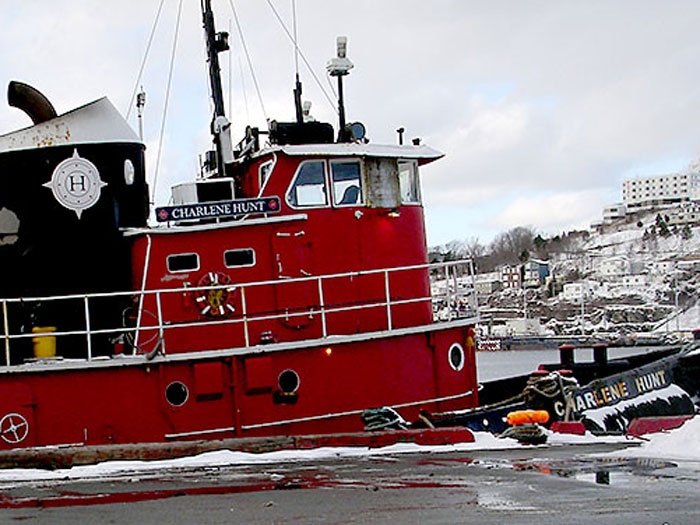
JUNE 20, 2014 — The Transportation Safety Board of Canada yesterday released its investigation into an incident in which a 1962-built U.S.-flag tug lost its tow of a one time “adventure cruise” vessel on its way to be scrapped. The “cruise ship,” the 1976-built Lyubov Orlova was left derelict and adrift in international waters and is presumed sunk.
The TSB summary of the report cites “a lack of preparation, bad weather and a mechanical breakdown as three important factors” in the incident. Another would seem to be inadequacy of port state control, but you have to read the full report to get the full picture. For example:
“The Charlene Hunt was approaching the end of its normal life cycle and had been out of service for the majority of the two years prior to this voyage. It had a number of deficiencies that had not been rectified prior to the voyage, including the following:
an inadequate towing winch that was unable to stow the minimum recommended length of tow line;
no load line certificate;
a lack of structural and watertight integrity, as identified during vessel inspections; and,
several inoperable pieces of lifesaving equipment and lifesaving equipment that was missing.”
Here’s another extract:
“In October 2012, the tug underwent an inspection by a surveyor representing Bolivia following an application to have the tug’s registry changed to Bolivia. The inspection determined that the tug was unseaworthy and not ready for certification. The surveyor provided a list of deficiencies to be rectified prior to resuming the survey and certification process …The crew addressed some of the deficiencies but a follow‑up inspection did not take place, as the owner of the tug decided to abandon the process of obtaining a permanent Bolivian registration.”
Here’s what the TSB summary says:
Citing a lack of preparation, bad weather and a mechanical breakdown as three important factors, , the TSB today released its investigation report (M13N0001) into the loss-of-tow by the tug boat Charlene Hunt of the MV Lyubov Orlova in waters off the coast of Newfoundland and Labrador (NL).
On 23 January 2013, bound for the Dominican Republic, the tug Charlene Hunt departed St. John’s harbour towing the cruise ship Lyubov Orlova. The tug and tow travelled for approximately 19 hours, until they hit winds estimated at 40 knots and seas of 5 to 6 m. The heavy weather persisted and, at approximately 14:45 on 24 January, the towing arrangement between the tug and tow failed off Cape Race, NL. Throughout the remainder of that day and most of the next day, the Charlene Hunt stood by the Lyubov Orlova and reported to Marine Communications and Traffic Services regularly. Worsening weather and a mechanical breakdown aboard the Charlene Hunt forced the tug to abandon the tow and seek sheltered water near Cape Spear, NL, where the crew began repairs. The tow was not successfully resumed and the Lyubov Orlova was left derelict and adrift in international waters and is presumed sunk.
The TSB investigation revealed a number of inadequacies. Chief among them was that the relief master did not adequately prepare to compensate for the environmental conditions that were encountered during the tow. The report observed that available guidelines respecting the design and construction of towing arrangements were not followed, and that the towing arrangement was inadequate for the intended voyage.
The TSB investigation also made findings as to risk. In Halifax, Transport Canada (TC) inspected the Charlene Hunt and found deficiencies. Repairs were made and the tug proceeded to St. John’s to meet the Lyubov Orlova. Before the vessel’s departure for the Dominican Republic, TC had requested that the master contact their office in St. John’s upon arrival. The master did not report his arrival and the Charlene Hunt departed with the tow. Following the eventual loss of the tow and the vessel’s return to St. John’s, a TC inspection again revealed several deficiencies with the tug. The TSB investigation concluded that had an inspection been undertaken prior to departure, some of these deficiencies would have been identified. If Port State Control is not exercised and vessels that are unseaworthy are permitted to continue operating, there is a risk that the safety of the crew and the environment may be compromised.
You can read the full report HERE

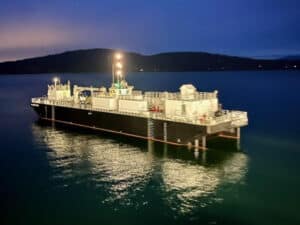
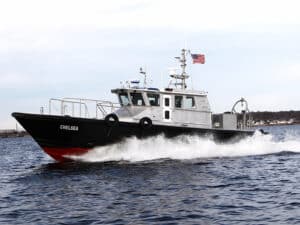
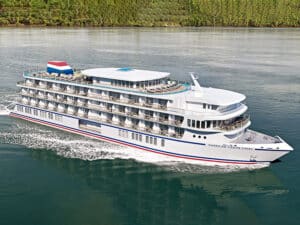
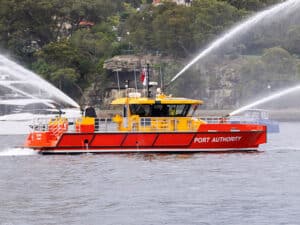
Leave a Reply
You must be logged in to post a comment.